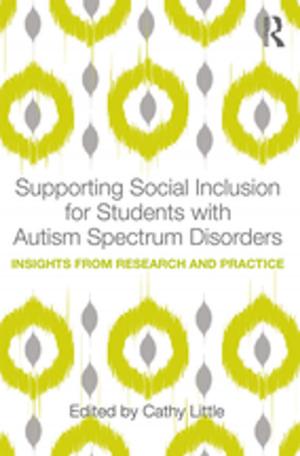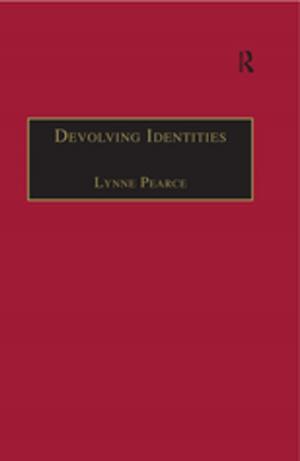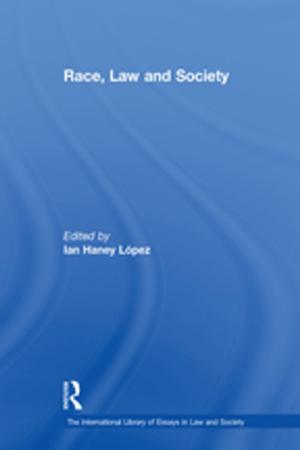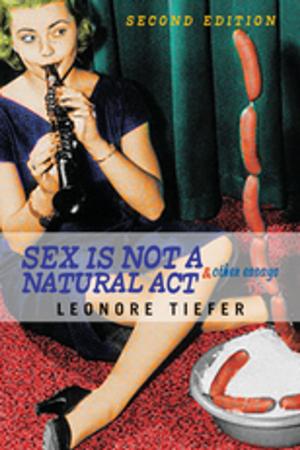Discourse Function & Syntactic Form in Natural Language Generation
Nonfiction, Reference & Language, Language Arts, Linguistics| Author: | Cassandre Creswell | ISBN: | 9781135876203 |
| Publisher: | Taylor and Francis | Publication: | December 24, 2004 |
| Imprint: | Routledge | Language: | English |
| Author: | Cassandre Creswell |
| ISBN: | 9781135876203 |
| Publisher: | Taylor and Francis |
| Publication: | December 24, 2004 |
| Imprint: | Routledge |
| Language: | English |
Users of natural languages have many word orders with which to encode the same truth-conditional meaning. They choose contextually appropriate strings from these many ways with little conscious effort and with effective communicative results. Previous computational models of when English speakers produce non-canonical word orders, like topicalization, left-dislocation and clefts, fail. The primary goal of this book is to present a better model of when speakers choose to produce certain non-canonical word orders by incorporating the effects of discourse context and speaker goals on syntactic choice. This book makes extensive use of previously unexamined naturally occurring corpus data of non-canonical word order in English, both to illustrate the points of the theoretical model and to train the statistical model.
Users of natural languages have many word orders with which to encode the same truth-conditional meaning. They choose contextually appropriate strings from these many ways with little conscious effort and with effective communicative results. Previous computational models of when English speakers produce non-canonical word orders, like topicalization, left-dislocation and clefts, fail. The primary goal of this book is to present a better model of when speakers choose to produce certain non-canonical word orders by incorporating the effects of discourse context and speaker goals on syntactic choice. This book makes extensive use of previously unexamined naturally occurring corpus data of non-canonical word order in English, both to illustrate the points of the theoretical model and to train the statistical model.















